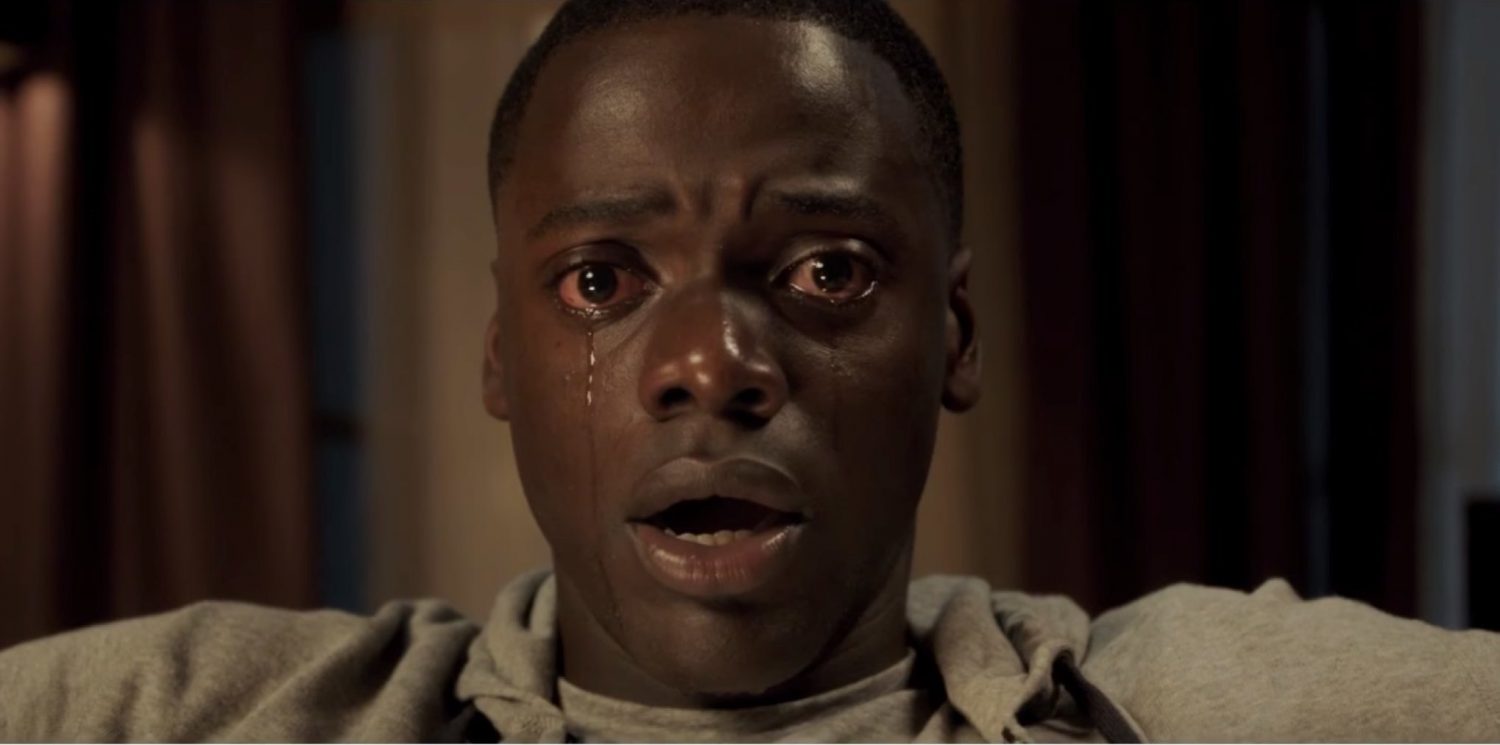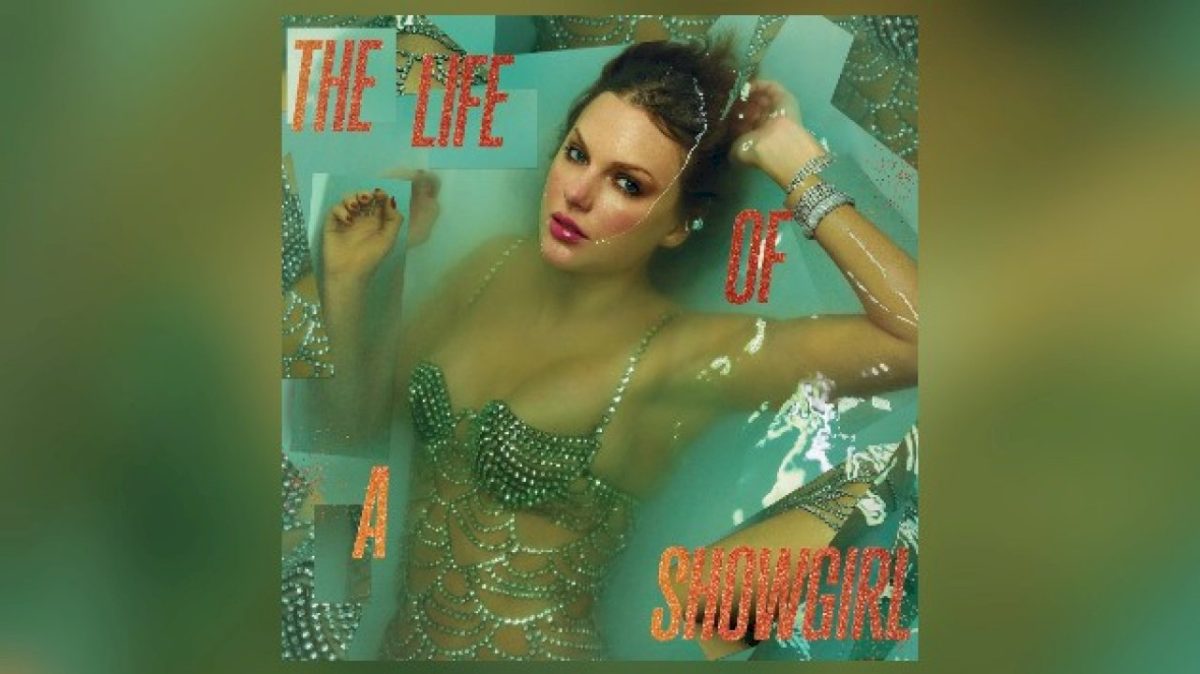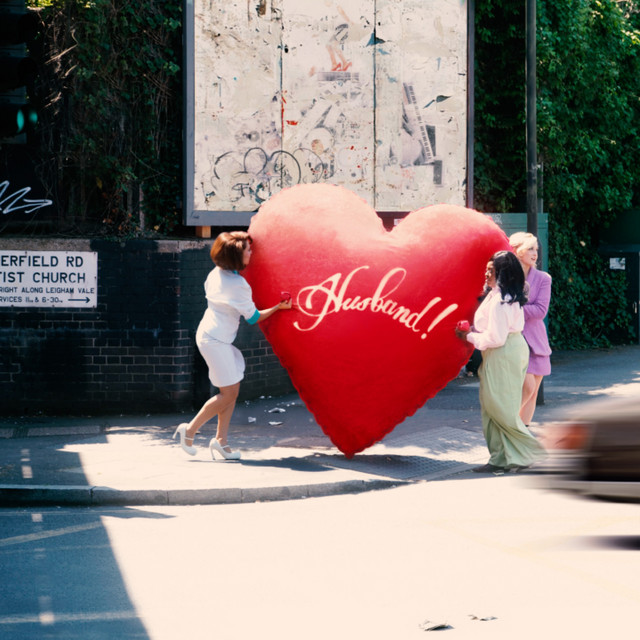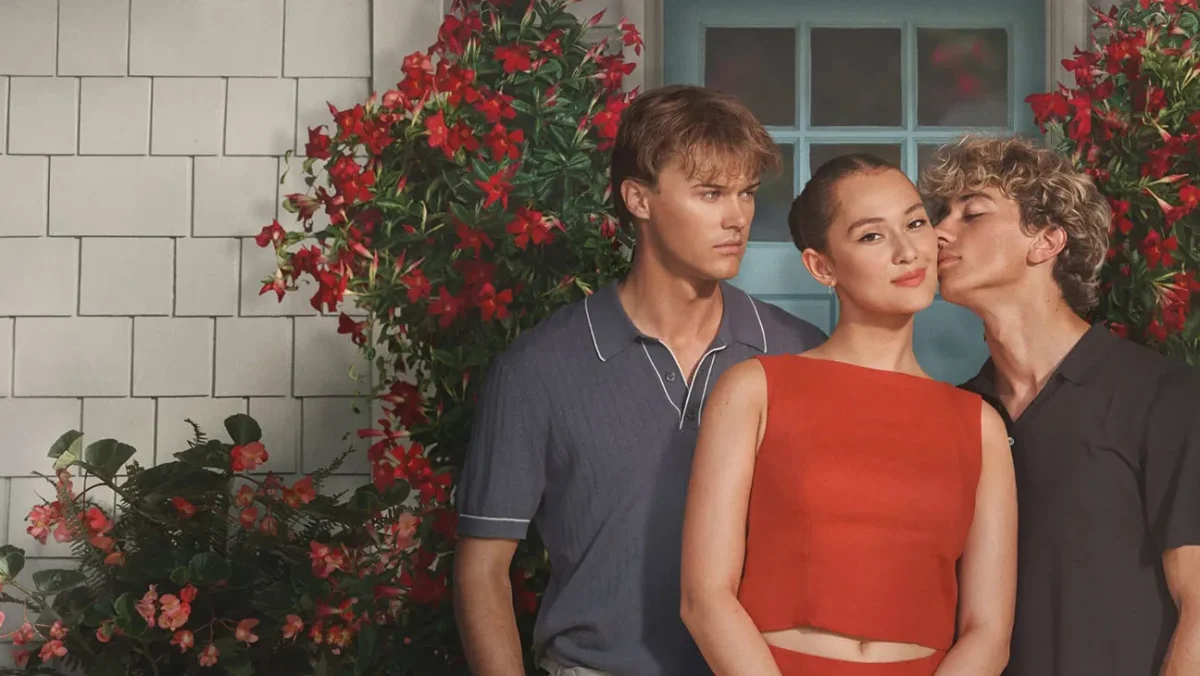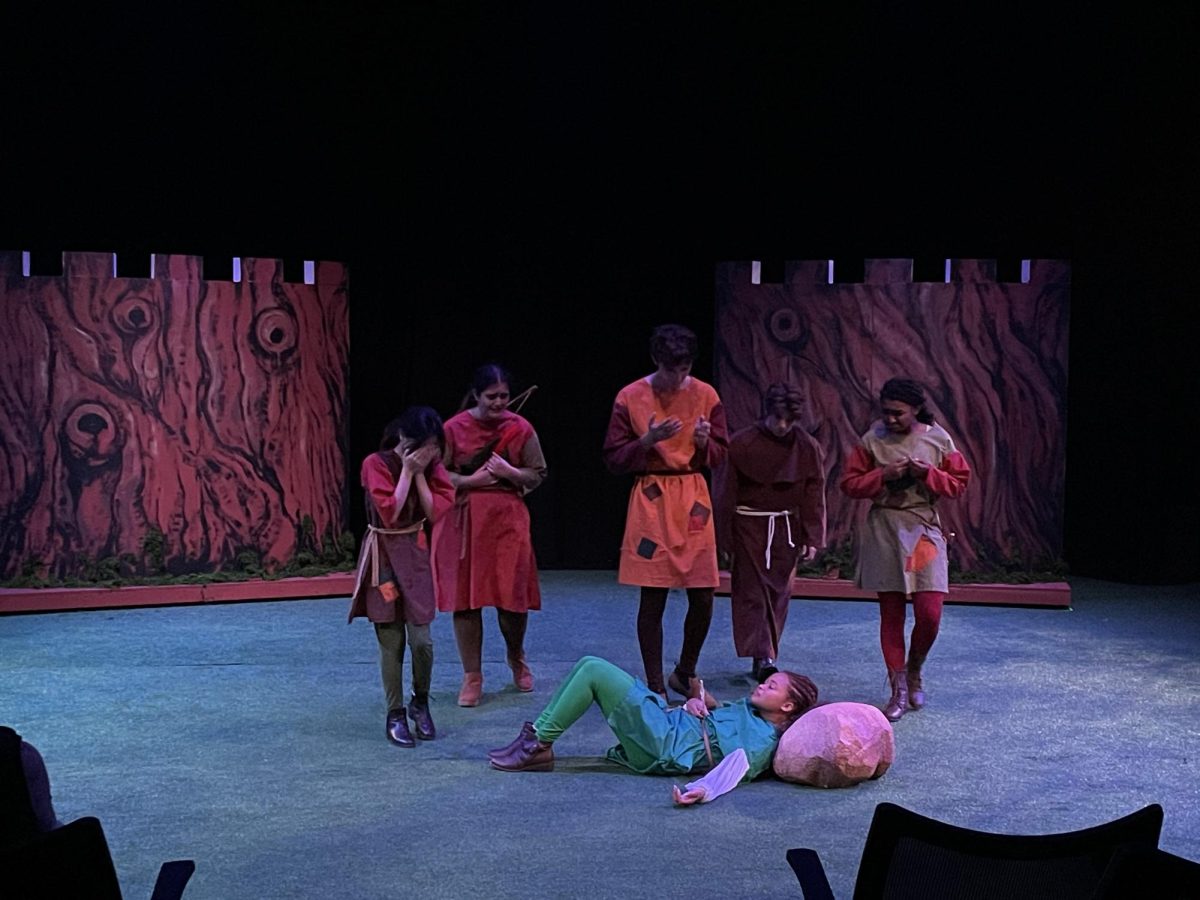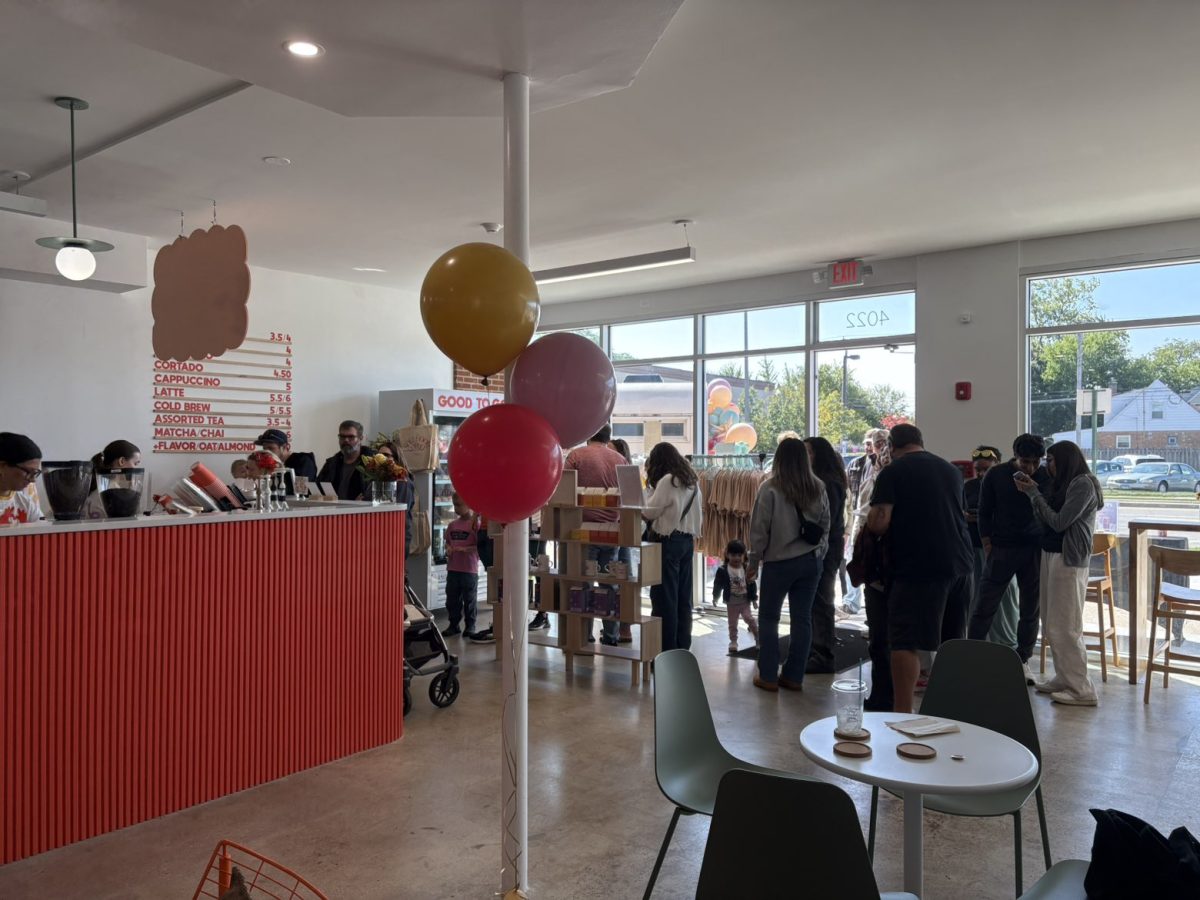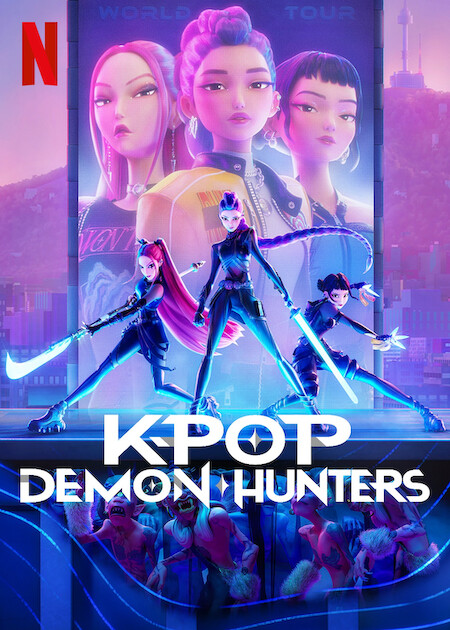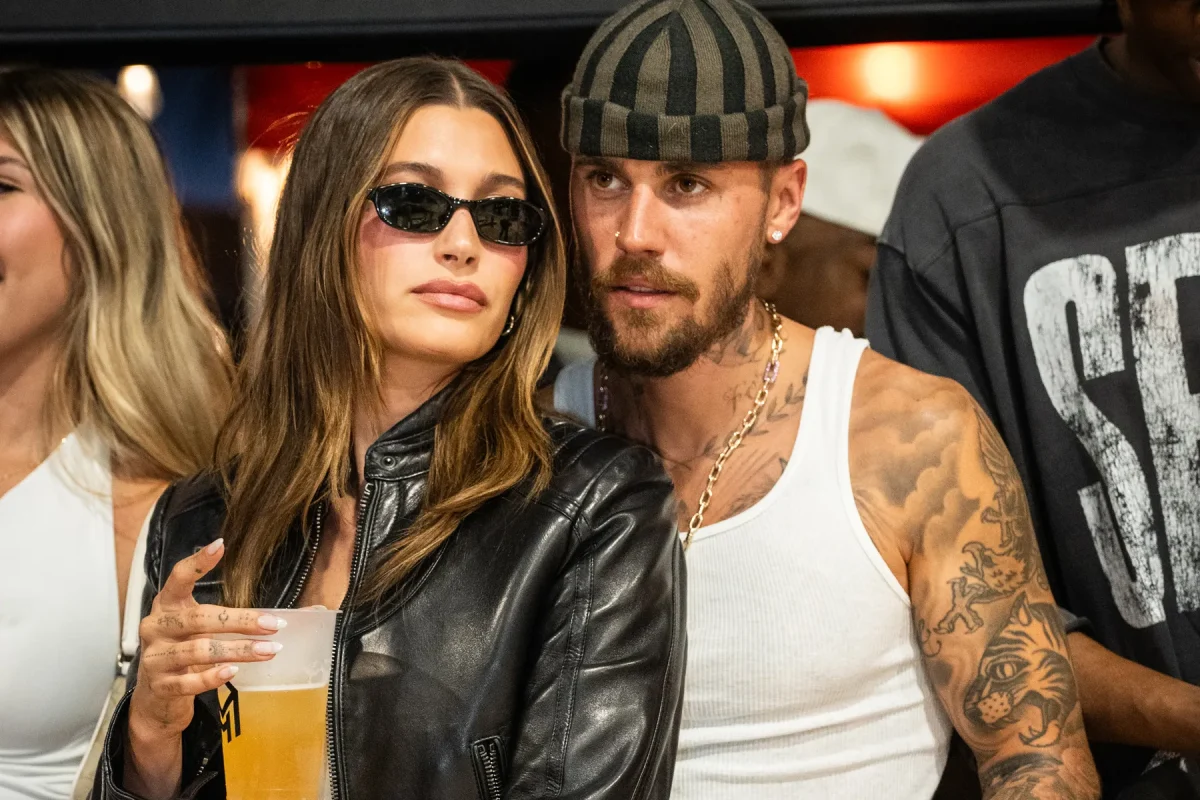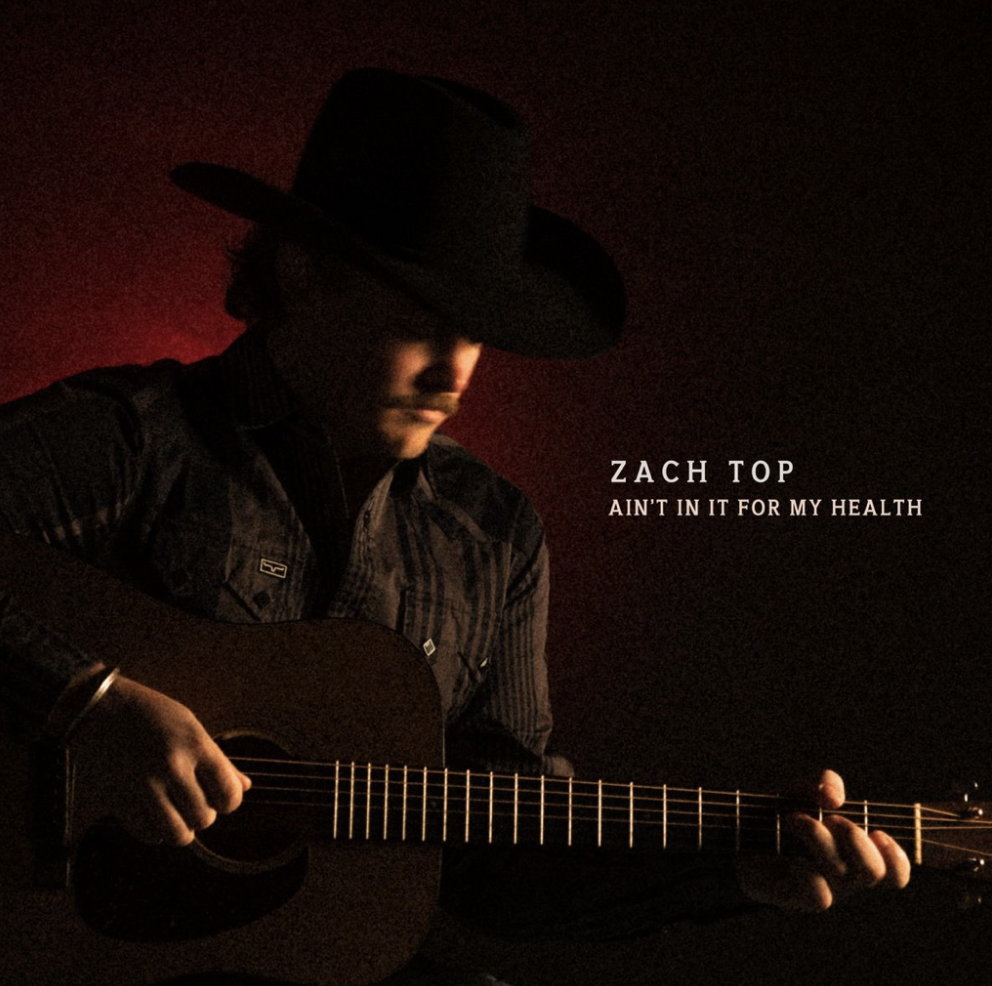Unsettling, challenging, suspenseful…there are roughly another thousand words that can be used to describe Jordan Peele’s Get Out, but among them all, one stands out: risky. Arguably one of the first honest movies to appear on the screen for quite some time, Get Out focuses on an interracial couple and the notion of being an outsider (in this case, being black) in an all-white community.
The movie commences with a scene of a black man walking through a suburb while talking on his cell phone. Suddenly, he is put in an unexpected chokehold by a masked figure and becomes unconscious. After being dragged into the trunk of the car, the screen goes black. Talk about an introduction, huh? Immediate flashes of cases similar to Trayvon Martin’s begin to flood my mind. A serious tone is set and is followed by the sounds of an eerie, almost sinister chant.
A quick turn leads us to meet Rose Armitage (Allison Williams), who decides that it’s finally time for her parents to meet her black boyfriend Chris (Daniel Kaluuya). Though she is ecstatic about this idea, Chris is nervous about the trip, especially considering her parents don’t know of his skin color. Even his best friend Rod (hysterically played by LilRel Howery) has an uneasy feeling about the trip, but they decide to go anyway.
Though this may sound like a fairly easy plot to follow, the movie begins to pack suspense from the beginning of their road trip. The couple gets pulled over by a white cop, which leads to Rose making a huge scene out of a single racist remark. It becomes obvious that Rose always has to comment about Chris’s race, even when he himself realizes that certain situations are not deserving of a reaction. Some may love this quality, as it shows that her liberal qualities are used to stand up for her boyfriend; others may see this as a bit overdone and irritating.
The couple pulls up to the Armitage home, which may actually be better described as a mansion that could have been pulled straight out of Long Island’s South Fork (not to mention there are two black servants scattered along the driveway). The affluent family greets the couple, followed by an awkward encounter with Chris and the servants. His initial thoughts of having someone his race around to be more comforting are quickly wrecked when he realizes that while he will be enjoying a cold iced tea on the porch, his “brother” will be serving it.
The colorblind couple is thrown into a world full of conservative racists, and Chris had been well aware of what he was getting himself into. His innocence may be the most appealing thing about him. It’s obvious that he’s careful with his words around the family, and he begins to show his “shy-side.” The movie spends an excessive amount of time running through scenes of basic interactions with the characters, which is one criticism that could have changed the flow of the film. When it comes to the horror genre, it is one thing to build suspense, but another to never let it peak.
What is so special about this movie is the fact that you don’t get the “horror” vibe until the second half of the film. The entire first half is sprinkled with simple, quick jolts of “scary,” unlike the second half, which is intense panic. Peele’s genius in this is credited largely to his use of humor. TSA agent and best friend Rod is strategically placed after intense scenes for comic relief. By giving the audience a quick laugh, Peele tricks us into thinking that this movie could have a happy ending… wait, a horror movie with a happy ending? Only a director this talented could get anyone thinking that for more than a minute.
A film that is surrounding around the white vs black communities will always be controversial, even if you don’t consider the fact that this is the first major plot line of a movie in the post-Obama world. It’s easy to say that every person in the audience will have a different reaction to the way racism is portrayed throughout the film. Looking around the theater, it was clear that a handful of people were uncomfortable. The snide comments could have easily been seen as “going too far,” but some may argue that a good movie is one that makes you really think about the plot, even after it’s over.
The majority of the film is bearable in the sense that horror movies aren’t exactly my favorite thing in the world, but the last 45 minutes of the film were brutal. I’m not one who could even think about blood, so when the screen is flooded in it, I couldn’t help but look away. Even Rod’s priceless one-liners couldn’t lighten the mood once the scenes got intense. Some people eat the whole murder scene up, but even if you’re not one that enjoys the blood, this film does a great job of balancing out the good and the ugly.
One of the major factors that makes this film great is the fact that no matter what your skin color is, you’re forced to emotionally connect to the plot line. In today’s world, the topics of racism and social norms are more relevant than ever before. Many may believe that with so much being done to change the views of people on racism, it is coming to a close. This film is horrifying because it’s real. As a privileged white female, watching a movie that depicts ancient views on racism in the 21st century instills a new sense of wanting to continue to fight for change in the world.
A film this twisted only comes around once in a while, so it’s not something you’ll want to miss out on. This thriller crosses the lines of racism and forces the general public to realize that racism is still a problem today, especially by Peele’s use of scenes that could easily take a quick turn on the African American race. By exposing reality, we are pushed to evaluate the realities of society today. Get Out is a movie that will make you think, and one you don’t want to pass up.


